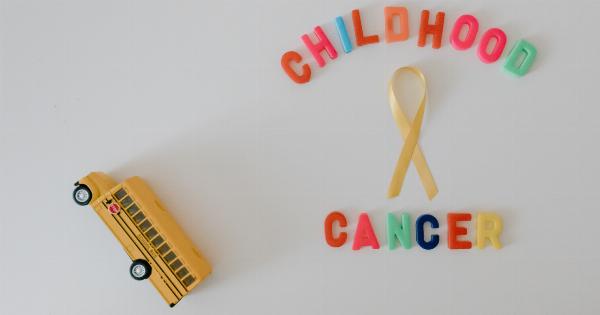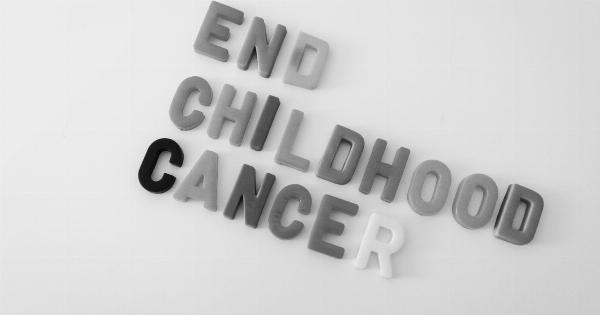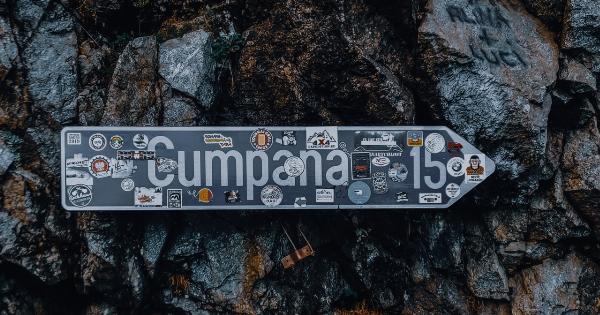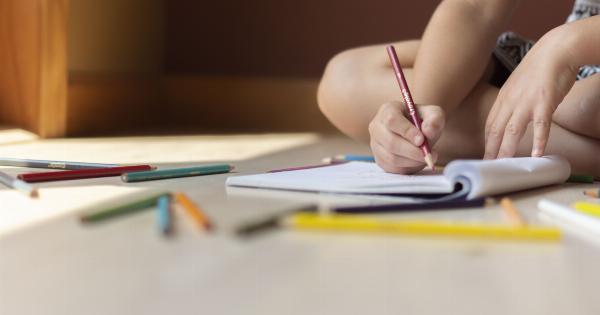Clean houses are often considered a sign of a healthy and safe environment. We spend hours cleaning our homes, ensuring that every nook and cranny is free from dirt and germs.
However, recent studies have raised concerns about the potential connection between household cleaning chemicals and childhood cancer. This article delves into the research and explores the possible links between clean houses and childhood cancer.
The Rise of Childhood Cancer
Childhood cancer rates have been steadily increasing over the past few decades. It is now one of the leading causes of death among children.
Researchers and doctors have been trying to uncover the reasons behind this alarming rise, looking into various environmental and genetic factors. One area of interest has been the impact of household cleaning products on children’s health.
Chemicals in Cleaning Products
Most household cleaning products contain a cocktail of chemicals designed to kill bacteria, remove stains, and keep our homes spotless. These chemicals include various solvents, surfactants, and preservatives.
While these products are generally safe for adults to use, they can pose a risk to children, especially when they are exposed to them frequently and at a young age.
Impact of Chemical Exposure on Children
Children are more vulnerable to the effects of chemical exposure compared to adults. Their bodies are still developing, and their organs and systems are more sensitive to toxic substances.
Studies have shown that certain cleaning chemicals can irritate the respiratory system, trigger allergies, and even disrupt the endocrine system, potentially leading to long-term health issues.
Specific Chemicals of Concern
While there are many chemicals in cleaning products, several have attracted attention due to their potential links to cancer. These chemicals include:.
1. Phthalates
Phthalates are commonly found in fragranced cleaning products. They have been associated with hormone disruption and an increased risk of childhood leukemia.
2. Formaldehyde
Formaldehyde is a known carcinogen and can be found in some cleaning agents. Prolonged exposure to formaldehyde has been linked to an increased risk of multiple types of cancer, including leukemia.
3. Volatile Organic Compounds (VOCs)
VOCs are often found in air fresheners, carpet cleaners, and upholstery cleaners. These chemicals can have various health effects, including respiratory issues and a potential increased risk of childhood cancer.
4. Glyphosate
Glyphosate, commonly found in weed killers, has been classified as a probable human carcinogen by the International Agency for Research on Cancer (IARC).
Children exposed to glyphosate may face an increased risk of cancer, including non-Hodgkin’s lymphoma.
Evidence from Scientific Studies
Several studies have examined the potential links between cleaning products and childhood cancer.
A study published in The American Journal of Epidemiology found that regular use of household cleaning agents containing quaternary ammonium compounds (a common ingredient in disinfectants) was associated with an increased risk of childhood leukemia.
Another study, published in the journal Environmental Research, discovered that children exposed to higher levels of indoor cleaning product use had an elevated risk of developing asthma.
While asthma is not cancer, it demonstrates the potential adverse effects of frequent exposure to cleaning chemicals on children’s respiratory systems.
Reducing Chemical Exposure
While further research is needed to fully understand the impact of cleaning product chemicals on childhood cancer rates, it is prudent for parents and caregivers to take steps to reduce children’s exposure to these potentially harmful substances. Here are some practical tips:.
1. Read Labels
Take the time to read the labels of cleaning products thoroughly.
Look for products that are labeled as “non-toxic,” “biodegradable,” or “environmentally friendly.” Avoid products that contain known harmful chemicals.
2. Use Natural Alternatives
Consider using natural cleaning alternatives, such as vinegar, baking soda, and lemon juice. These household items can effectively clean and disinfect without the use of harsh chemicals.
3. Ventilate the Home
When using cleaning products, ensure proper ventilation by opening windows or using exhaust fans. This helps to reduce the concentration of chemicals in the air and minimizes exposure.
4. Store Products Safely
Keep cleaning products out of reach of children. Store them in locked cabinets or high shelves to prevent accidental ingestion or exposure.
5. Choose Fragrance-Free Products
Fragranced cleaning products often contain phthalates, which can be harmful. Opt for fragrance-free alternatives or products scented with essential oils.
6. Use Protective Gloves
When using cleaning products, especially those that may be harsher, wear protective gloves to minimize skin exposure.
Conclusion
While maintaining a clean and tidy home is important, it is crucial to consider the potential risks associated with exposure to cleaning chemicals, particularly for children.
The connection between clean houses and childhood cancer is still being explored. By taking steps to reduce chemical exposure and opting for safer cleaning alternatives, we can create a healthier and safer environment for our children.
























